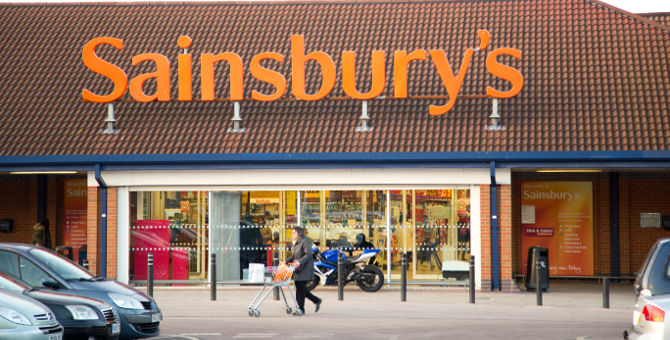The retail sector has experienced its share of fall backs over the past month. One of the most prominent establishments on the UK high street, BHS, received a major blow after it entered into administration at the end of April. This was then followed by menswear brand Austin Reed just a few days later. It was a shock to consumers everywhere and created a wealth of uncertainty amongst other retail brands, leaving everyone asking the million-pound question. Who’s next?

Times are always changing, with consumer spending habits evolving at an unfathomable pace. I recently took a shopping trip to a town in Staffordshire and was surprised at how much of its retail offering was slowly fading away. The deeper I went into the town, the more it felt like the world’s greatest party had come to an end. As each boarded up shop I passed, my mind flashed back to a time where they were once full of life and performing strongly. Which wasn’t that long ago.
So what does the future hold? Well there may be a new trend which could help save the retail sector going forward.
The All in One Supermarket
Earlier this year it was announced that supermarket juggernaut, Sainsbury’s, was to buy retailer Argos for £1.4bn. Expected to be completed by Q3 2016, the deal is set to change the way we see our supermarkets in terms of what they offer and become an all in one experience for the shopper. Sainsbury’s boss, Mike Coupe, said that the tragic demise of BHS was a sign to “move with the times”.
He continued: “The rationale for acquiring Argos is that our customers will increasingly demand from us that they can shop with us whenever and wherever they want, whether that’s in a conventional store or increasingly online though the use of digital and mobile technology, with deliveries to wherever they want, whether that’s at home or convenient place to pick things up.”
This exciting new acquisition is supported heavily by Sainsbury’s finance boss, John Rogers, who has vowed to invest £50m to £75m for a revamp of 25 stores this year alone. Currently, the supermarket is trialling a new format in six of its stores; Alperton, Harpenden, Morecambe, Tamworth and Emersons Green. This includes a change in layout in order to create more floor space for a non-food offering.
Will it Work?
This method of amalgamating companies has already proven to be a worthwhile venture, with Post Offices placed inside a number of WHSmith stores and, more recently, the inclusion of Argos in branches of Homebase across the UK.
As bigger companies start seeing a change or gap in the market, they will try everything possible to stay afloat and remain relevant in this ever growing industry. Both Small and larger companies are currently feeling the pressure from online shopping, which has become the biggest obstacle for the sector and one of the main reasons for BHS’ downfall. Reports say that in 2020, online retail sales in the UK will reach £62.7bn so it may help gain momentum in the market.
On the other hand, it is a substantial gamble for firms to take on, as there is no guaranteed success rate to prove otherwise. Uncertainty in the sector remains an issue, with research from Javelin showing that in 2020, the online influence will be so much greater that town and shopping centres will suffer, shrinking by 27%. Which would eventually lead to 21% less retail space and 31% fewer stores.
Once the acquisition is completed towards the end 2016, it will be interesting to see how Sainsbury’s and even Argos will adapt to the change.
What do you think. Is this the future saviour of the retail sector or will it create more issues going forward? Let us know in the comments section below.
Previous Post
West Midlands One of Biggest Sufferers of Empty Shops